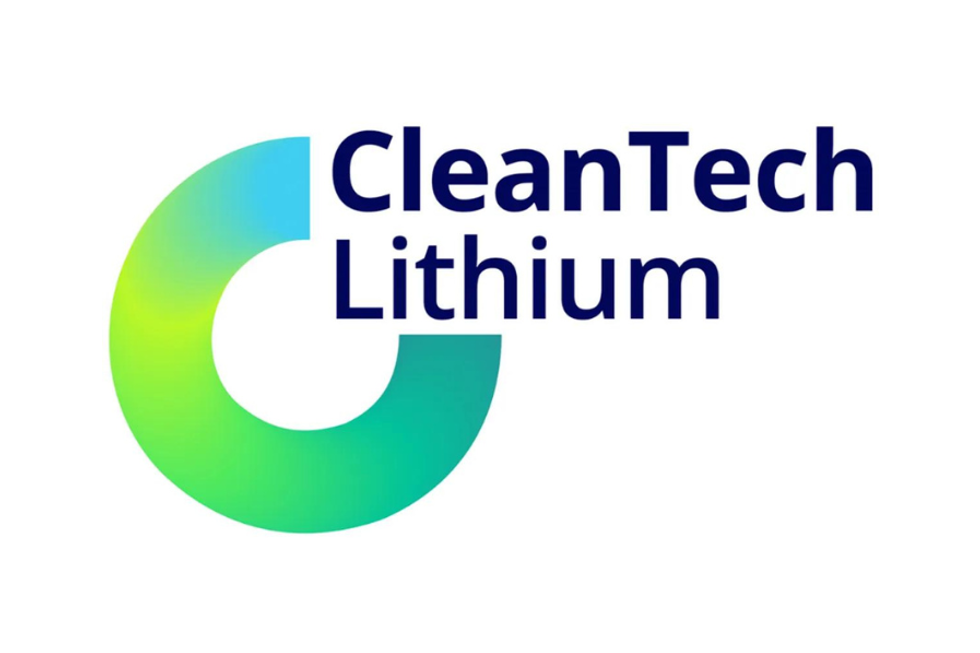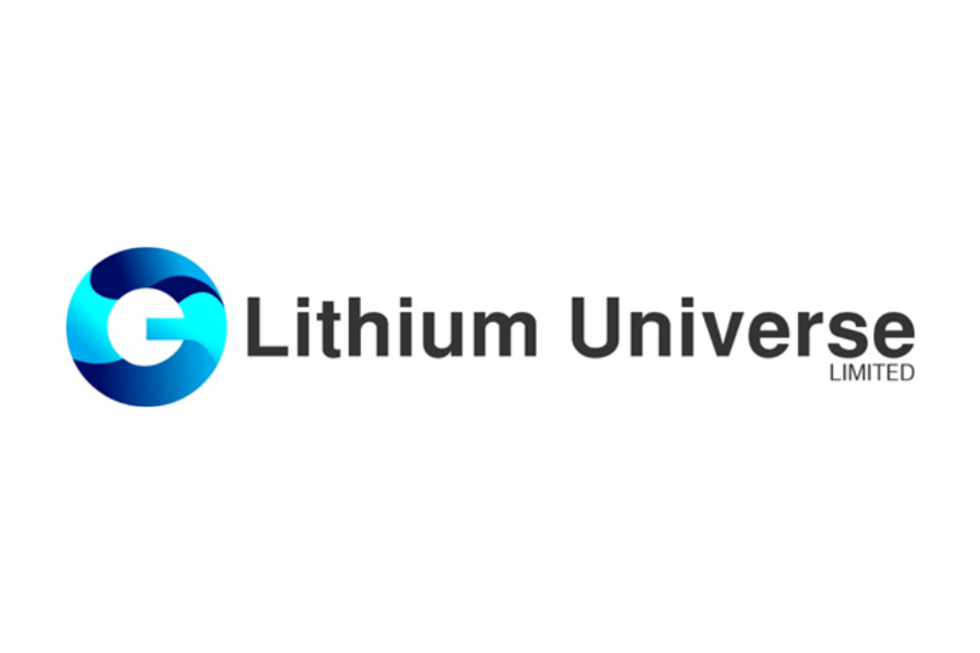
In their latest report, analysts at Benchmark Mineral Intelligence provide insight on lithium supply and demand dynamics, and what’s ahead for prices.
The lithium market kicked off the year with plenty of news, from the widely expected deal between SQM (NYSE:SQM) and Corfo, to an investment in Orocobre (ASX:ORE) from Toyota’s (NYSE:TM) trading arm.
As a result, many new and seasoned investors are growing concerned about potential lithium oversupply. With many projects in the pipeline and potential demand from the electric car space only a few years away, is it possible for supply to flood the market?
Here, the Investing News Network looks at Benchmark Mineral Intelligence‘s latest report, in which Managing Director Simon Moores and Senior Analyst Andrew Miller provide insight on the market, including whether oversupply is a possibility. Read on to learn what they had to say.
Lithium supply: Oversupply on the horizon?
As mentioned, lithium-focused investors started the year worried about potential oversupply, which could put pressure on currently high prices. But is lithium oversupply really in the cards?
Benchmark says spodumene conversion capacity in China will have the greatest impact on lithium supply and prices in 2018; however, calculating an accurate figure for capacity has proved to be a challenge.
“The key question is over expansions of the conversion facilities. Of course the premier convertors are Ganfeng Lithium and Sichuan Tianqi and both are planning significant expansions domestically and abroad,” the analysts said.
Chinese converters produced 120,000 tonnes of lithium carbonate equivalent in 2017 — a significant increase from the 85,000 tonnes produced in 2016. Benchmark estimates that new conversion capacity in China will hit approximately 100,000 tonnes per year by the end of 2019 at the earliest.
Benchmark further clarifies that “[t]o impact the price of lithium carbonate and lithium hydroxide that Benchmark assesses, you will have to look at the established names that have a history of creating high quality battery grade chemicals — and they are few and far between.”
Some of the most well-known names in the space include Ganfeng Lithium (SZSE:002460), Tianqi Lithium (SZSE:002466) and Albemarle’s (NYSE:ALB) GRM. But Benchmark notes that in “track[ing] the supply chain from spodumene to battery grade chemicals the bottlenecks become apparent.”
The firm suggests that as spodumene players tie in conversion partnerships, it’s critically important to ask who is converting this material and if they can reach specification for battery makers. “Just selling to China is not the end of the story, it’s just the beginning,” Moores and Miller explained.
They added that the deal struck between SQM and Chilean development agency Corfo “is good news for a lithium industry post-2021. Until then the status quo remains.” The report also notes that SQM will continue to work on its joint venture with Lithium Americas (TSX:LAC,NYSE:LAC) in Argentina and will progress its deal with Kidman Resources (ASX:KDR), among other things.
Lithium demand: Is the electric car era here yet?
In terms of demand, expectations of higher demand from the electric car sector have yet to become a reality, despite the amount of news that has hit the market in the past year.
Just last week, Toyota’s investment in Orocobre made headlines around the world, bringing new excitement to the sector. The deal will allow the lithium producer to expand its nameplate capacity to 42,000 tonnes per year, while the trading arm of the Japanese automaker has earned the rights to sell Orocobre’s lithium in Japan.
“The investment should not come as any surprise to the market. This is simply the next stage of a producer and trader relationship, rather than a decision from the top of Toyota’s electric vehicle (EV) planning tree,” the Benchmark analysts said, adding that Toyota’s EV ambitions will crystallize toward the end of 2018 and into 2019.
But what about other carmakers ramping up their pure and hybrid electric car plans? Several carmakers have said they will electrify most of their models by the mid-2020s, including Volvo (STO:VOLV), BMW (ETR:BMW), GM (NYSE:GM), Mercedes, Dyson and Ford (NYSE:F). In fact, Volkswagen (FWB:VOW) has been looking to secure long-term lithium and cobalt contracts since last year without success.
“All auto makers are now fully aware of the need for secure, long term lithium supply but none have yet locked in long term contractual agreements,” the analysts said, estimating that a number of lithium/auto deals will be struck in the next 24 months.
But the firm believes that while the auto speculation supports the increase in prices, it is not yet the defining factor. “Real lithium supply and demand — producers selling to cathode manufacturers — is what is driving this price. The auto majors are yet to enter this ‘real’ market,” they added.
Another demand-side factor to watch is what will happen in the grid storage sector, particularly in terms of battery size and the speed at which they can be deployed. “As confidence in energy storage using lithium ion batteries gathers pace, these systems will get bigger and will be installed quicker. And it is a trend that has snuck up on a lithium industry that is laser focused on electric vehicles,” the analysts said.
Lithium prices: Are prices heading for a crash in 2018?
According to Benchmark, lithium prices are like to move towards convergence rather than a crash, as the fundamentals of the lithium industry have not changed.
“Quite simply, to impact the battery grade lithium carbonate and lithium hydroxide prices, battery grade product has to be produced and sold to cathode and battery makers,” Moores and Miller said.
Under the most likely scenario, the analysts see the prices of Chinese lithium chemicals and rest of the world converging. “[It’s] vitally important to also understand that there is not just once price for lithium but a wide range of grades and specifications that command their own prices on their own merits.”
To read the full Benchmark Mineral Intelligence report, click here.
Don’t forget to follow us @INN_Resource for real-time news updates!
Securities Disclosure: I, Priscila Barrera, hold no direct investment interest in any company mentioned in this article.





